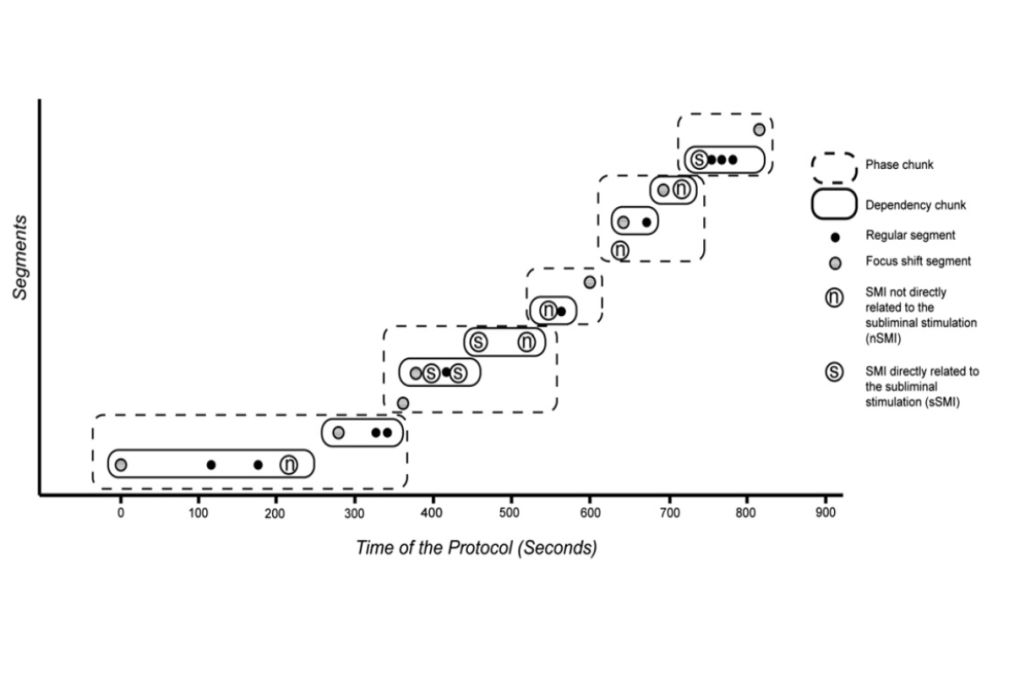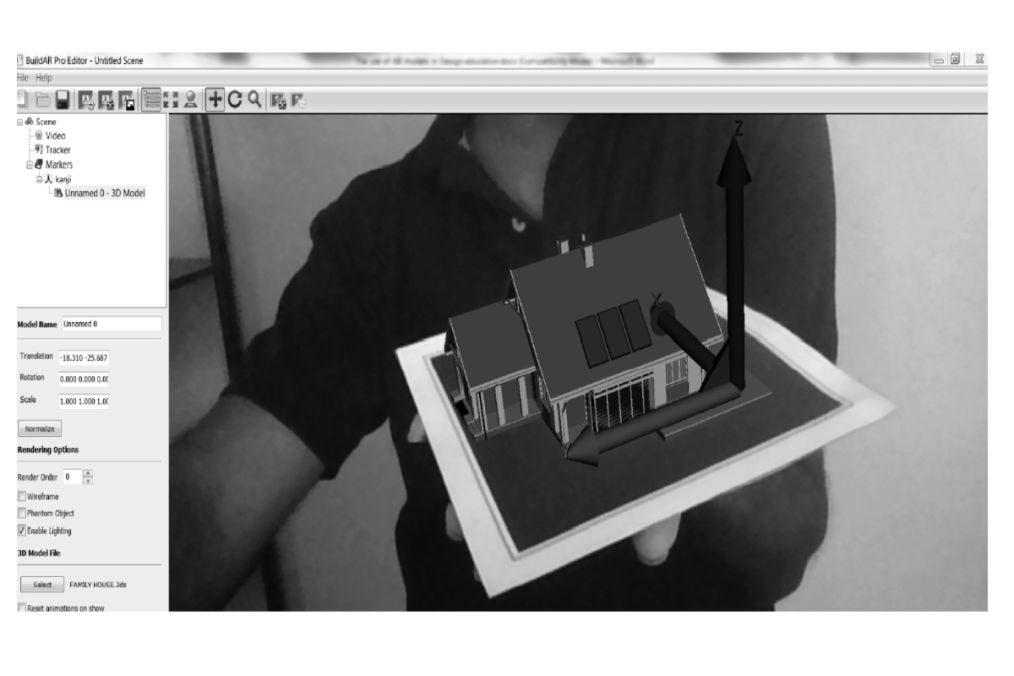
Can artificial intelligence support creativity in early design processes?
This study examines the impact of Generative Artificial Intelligence (AI) on design ideation, focusing on its ability to enhance creativity and reduce cognitive load. Through a quasi-experimental approach involving 40 design students, the research highlights how AI tools like text-to-image generators serve as co-creators, fostering innovative solutions and influencing design outcomes. Findings reveal that generative AI significantly enhances design quality while supporting cognitive load management, underscoring its transformative potential in design education.



